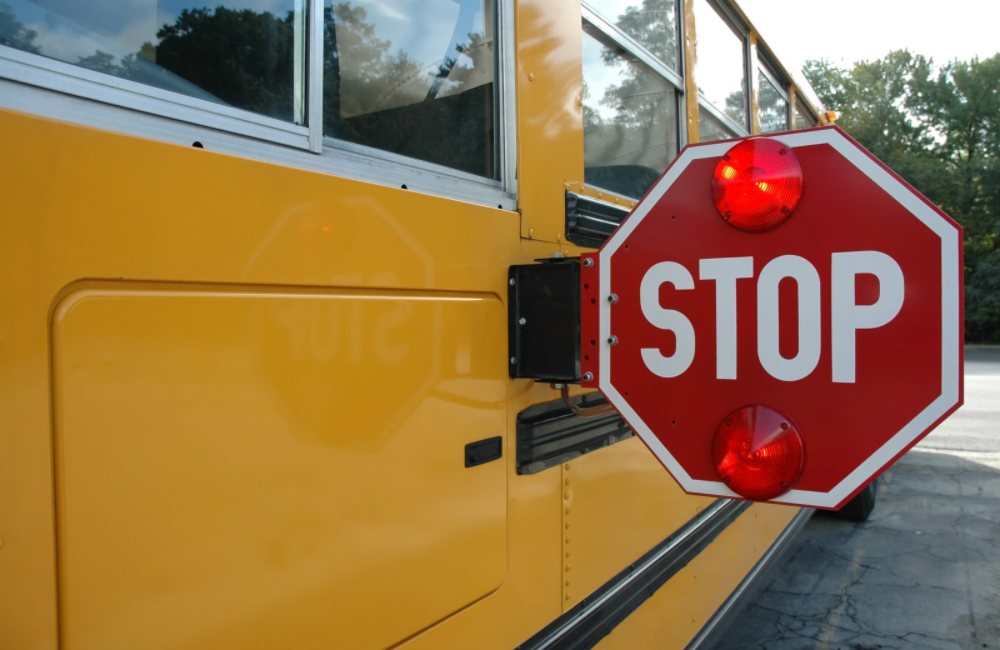Florida Has Right Of Ways Laws That Every Driver Should Be Aware Of
The right of way is a term that is used when talking about traffic or pedestrians, and it dictates who has priority in a specific location regarding a turn or crossing. In general, this set of laws is in place to help keep things safe.
At all intersections in Florida, where there is no traffic signal, you have to give the Florida Right Of Way Laws to vehicles coming from your right if you plan to make a left turn onto another road. If you are going straight through an intersection without turning, then you have the right-of-way over cars that need to go around you as long as you’re inside your lane. In general, unless traffic laws dictate otherwise, it is illegal for pedestrians at crosswalks to be on the road between intersections.
In all cases where you have the right-of-way over other drivers, you must remain cautious and follow the Florida Right Of Way Laws with extreme caution. Remember that you can’t always go wherever you like, especially in areas with road construction zones, as those require extra care and attention. In cases of right-of-way, ensure you have a Florida car accident attorney who will guide you professionally.
Right of way for pedestrians
In Florida, when a pedestrian has the right of way at a marked crosswalk or an unmarked crosswalk, drivers must stop to allow that individual to pass by. If you are not stopping for pedestrians who have the right of way, you can face fines and other consequences.
Right of way for vehicles
Vehicles must yield the right of way to any cars that are already in the intersection. If not, then drivers can face fines and penalties for failing to give right of way.
Right of way at uncontrolled intersections
When entering an uncontrolled intersection, drivers must yield the right of way to any traffic on a continuing road. Still, they have priority over vehicles attempting to enter the roadway from a stopping point.
Right of way in school zones
When approaching a school zone where children will be present, drivers must look for pedestrians. Carpool lanes and bus stops within parish zones do not require drivers to yield or stop, but they do need to pay attention to individuals who might walk into the road.
Right of way in no-parking zones
Individuals with disabilities parking permits also have the right of way in no parking zones. Motorists must yield the right of way to these individuals, but they do not have to stop for other pedestrians using a crosswalk within a no parking zone.
Right of way at railroad crossings
When encountering a railroad crossing with active warning devices, drivers must slow down and look both ways before proceeding through the intersection. If you are driving a large vehicle, then this is an even greater requirement.
Right of way at a roundabout
When encountering a roundabout, drivers must yield the right of way to any traffic traveling within the roundabout. If drivers are approaching from more than one road and aiming for a smaller circle, they have to yield to traffic coming from the larger circle. They also must yield if they plan on exiting or crossing over to other lanes within the roundabout.
Right of way in work zones
Individuals driving past highway work zones must slow down and be cautious. The right of way belongs to the workers present in the construction area, but drivers should follow all traffic rules or face fines and penalties.
Right of way for emergency vehicles
If an emergency vehicle approaches with its sirens or lights activated, drivers must stop and yield the right of way. They cannot proceed until it has passed, and they should keep their windows closed to prevent injury from fumes.
Drivers must yield at intersections without traffic signals
When a vehicle wants to turn left at an intersection with no traffic control device, the driver must yield the right-of-way to any other vehicles approaching from their right. They cannot proceed until it’s safe to do so. In some cases, if they turn onto a one-way road from a two-way one, they do not have to yield if the other vehicle is approaching from the opposite direction.
Pedestrians at intersections with traffic control devices
When pedestrians approach an intersection where there is a traffic light, they must follow the signal just like anybody else. If they want to cross the road or walk diagonally, they must yield Florida Right Of Way Laws to any other vehicles that are close enough to be a hazard. Pedestrians can’t expect cars waiting at the red light to move for them, so if you’re planning on crossing the road, it’s best not to start until you can time your actions with when cars will be able to move again.
Drivers must yield at intersections with traffic control devices
When a driver approaches an intersection, if there is a traffic light or a stop sign, they must always come to a complete stop before entering unless it’s otherwise illegal. If they want to turn or go straight, they must yield the right-of-way to all other vehicles that are close enough to be a hazard. Vehicles already in the intersection have the right-of-way unless it’s otherwise illegal for them to remain there.
Pedestrians in the roadway without sidewalk
When pedestrians walk along roads that don’t have designated sidewalks, drivers must slow down and prepare to stop when necessary. You cannot drive into someone who is walking too close for you to stop without them still being within your path. If there is a shoulder next to the road, pedestrians can walk there to avoid any oncoming traffic.
School buses stopping for passengers
When a school bus has stopped on the side of the road with signs that say “State Law” or “SCHOOL BUS STOP,” then you must stop until all children have left the bus and it’s clear for you to advance again. This is true whether the road is two-way or one-way, so if there are other vehicles around, you will need to merge until there’s enough space for you to wait. If there isn’t enough room in front of you, then pull off onto the shoulder as far as you can so nobody hits anybody while this is happening. If there are no shoulders on your side of the roadway, then you’re allowed to wait on the other side of the road until it’s safe to drive again.
When you’re caught violating any of the right-of-way laws or committing a crime regarding the Florida Right Of Way Laws, you can expect to be ticketed or fined by law enforcement. For many violations, the cost of a citation will be between $60 and $100. If your offense results in injury to another party, then the fine could rise into the thousands for each charge levied against you.
However, it’s essential to call your Florida car accident attorney. If you’re involved in an accident, you should remain at the scene and wait for law enforcement to arrive. Failure to do so can result in additional penalties.



